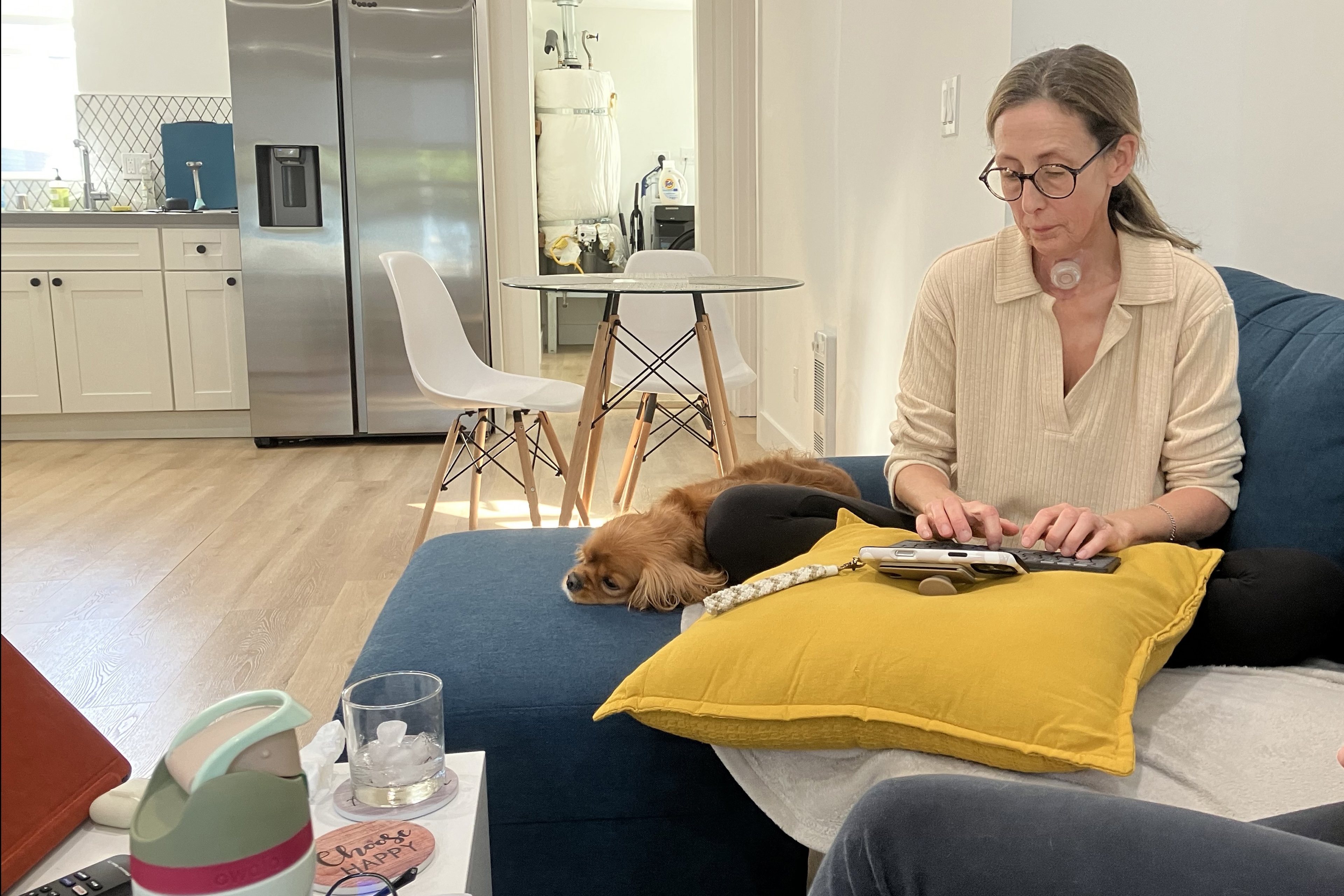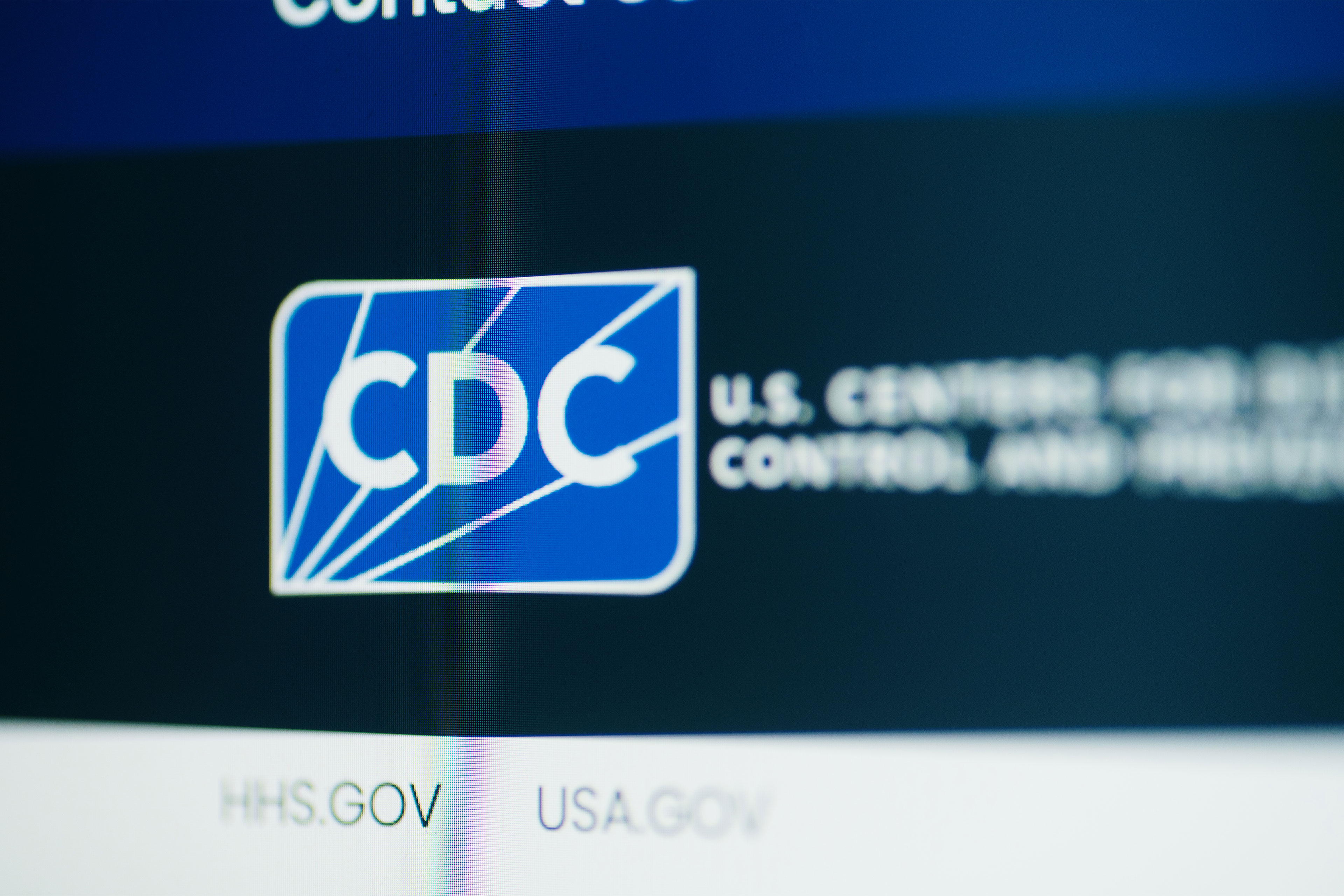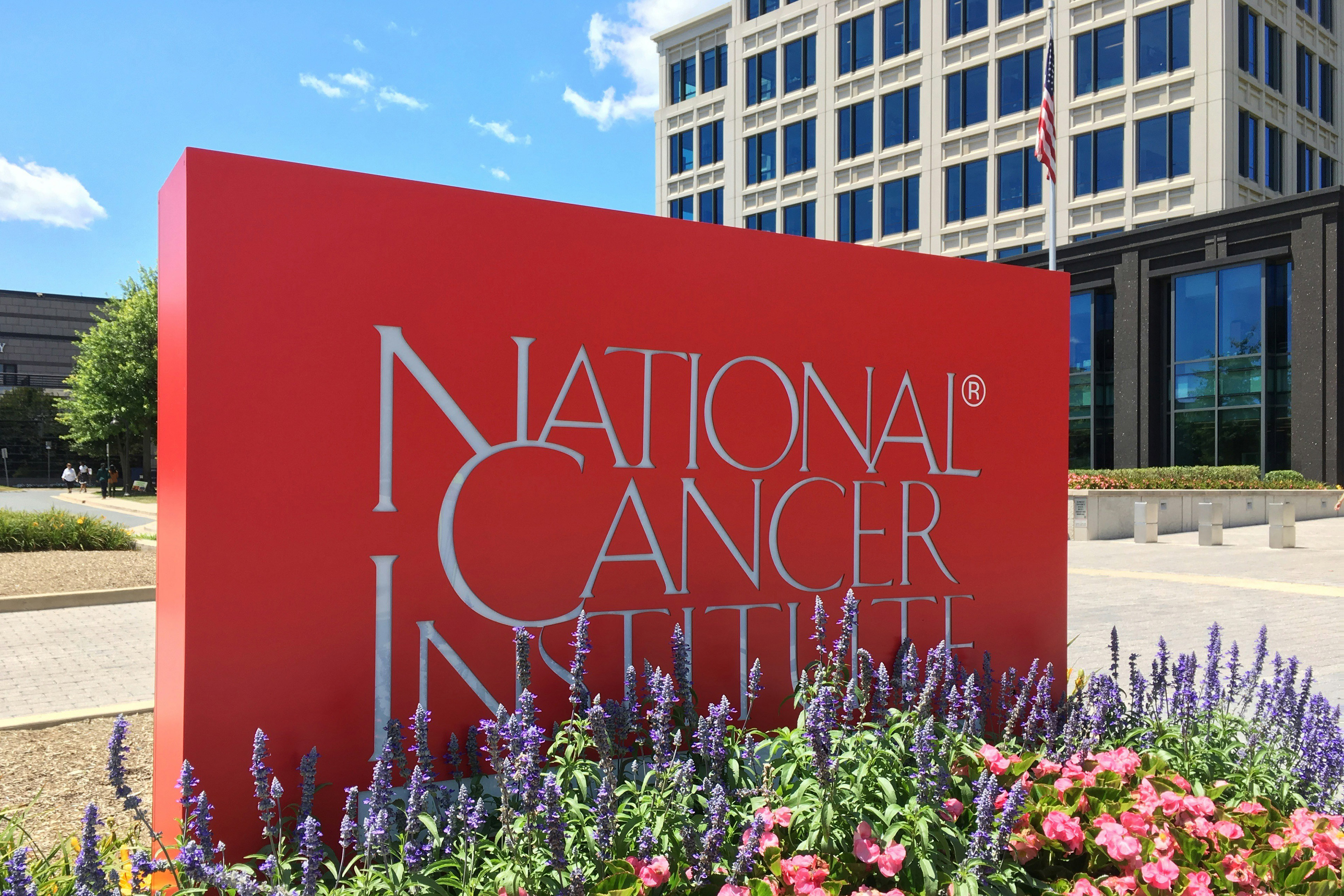Independent medical practices are disappearing faster than anyone wants to admit.
Between 2012 and 2024, the share of physicians working in private practices dropped from 60% to just 42% — a collapse of nearly a third of independent medicine in just over a decade. In rural areas, it’s worse: 43% of independent physicians vanished between 2019 and 2024, with 7,300 rural medical practices either closing or being acquired by hospital systems and corporate entities.
The culprits are familiar to anyone who’s watched independent bookstores or local hardware stores get crushed: economies of scale, administrative burden, and technology that only works when you’re big enough to afford it.
Among independent physicians who sold their practices in the last decade, 71% cited inadequate payment rates as an important or very important reason. Medicare reimbursement, adjusted for inflation, has fallen 33% over the past 25 years. Meanwhile, the costs of compliance, billing, and electronic health record maintenance keep climbing.
The result: nearly 78% of doctors now work for hospitals, health systems, insurers, or private equity-backed corporate entities. The family doctor who knew three generations of patients, or the small-town practice where you could get an appointment the same week, are going the way of the local bookstore.
But unlike bookstores, this extinction has a dangerous ripple effect. When independent practices disappear, rural communities lose access to care entirely. Corporate acquirers consolidate practices and close locations that don’t meet profit margins. Patients lose continuity. Physicians lose autonomy. And healthcare gets more expensive for everyone.
The question isn’t whether small practices are worth saving — it’s whether they can be saved.
The Software Tax That Locked Them Out
Here’s the brutal economics of healthcare software: enterprise solutions require enterprise budgets.
A large health system negotiating an integration with their EHR vendor can amortize the cost across thousands of clinicians. They have IT departments to manage implementations. They have legal teams to negotiate contracts. They have the patient volume to justify custom workflows.
Small practices get none of that. They’re stuck with manual workarounds, copy-paste documentation, and feature sets designed for organizations 100 times their size. Every “efficiency tool” promised by healthcare IT requires months of vendor coordination, IT approvals, and integration timelines that small practices simply can’t afford.
The software tax is real, and it’s regressive. The smaller you are, the more you pay — in time, complexity, and features you’ll never access.
This is why AI medical scribes exploded in popularity among independent practices. For the first time, automation didn’t require IT approval. A solo practitioner could sign up, start recording patient visits, and reclaim evenings that would have otherwise been spent charting — all without calling a vendor or opening a help desk ticket.
But even AI scribes hit the same wall: getting notes into the EHR still required manual work. The scribe saved time on documentation, but the physician still had to copy-paste notes into Epic, Cerner, or whichever system their practice used.
Agents Don’t Ask Permission
This is where the latest launch from Freed, an AI scribe built for small practices, changes the equation entirely.
Freed’s new AI-powered “EHR Push” allows clinicians to move notes from Freed’s AI scribe directly into any web-based EHR with a single click.
Instead of building integrations — formal API partnerships that take months to negotiate — Freed built autonomous agents that navigate EHRs the way a human would. The agent watches how a clinician moves through their system, learns the interface, and replicates those actions: clicking fields, navigating menus, inserting notes in the correct sections.
EHR Push does not require APIs, vendor partnerships, or lengthy IT approval processes. Instead, it works with any web-based EHR, out of the box, in minutes.
Now, a solo family medicine doctor in rural Iowa doesn’t need to wait for Epic to approve an integration. A three-physician practice in suburban Texas doesn’t need an IT department to deploy the tool. A small-town pediatrician who has been considering closing her practice because documentation is overwhelming her can start using EHR Push today.
The agent-based approach doesn’t just save time. It democratizes access to automation that was previously available only to large health systems. Small practices now get similar advanced solutions to those used at Kaiser Permanente or Mayo Clinic.
Why This Might Actually Turn the Tide
The collapse of independent practices isn’t inevitable — it’s a function of incentives and infrastructure.
Right now, the incentives favor consolidation. Large organizations have negotiating power with insurers, economies of scale on overhead, and access to technology that small practices can’t afford. Independent physicians are competing with one hand tied behind their backs.
But what if the technology advantage disappeared?
Agent-based software changes the cost structure. Small practices can adopt new capabilities at the same speed as enterprise health systems.
“In the long run, we envision a world where they can simply stop recording and have documentation, orders, prescriptions, and follow-ups fully complete — and we got just one step closer,” says Erez Druk, Freed’s CEO and Co-founder.
That vision — where the agent handles everything administrative and the clinician focuses on patients — doesn’t require selling to IT departments or waiting for enterprise procurement cycles. It’s adopted by clinicians, one practice at a time, because the alternative is unthinkable.
Freed now serves over 25,000 clinicians, the overwhelming majority in small and independent practices. They’ve collectively saved over 2.5 million hours of documentation time.
One physician told the company they were on the brink of closing their practice, but changed their mind when they found Freed.
That’s one practice. But scale that sentiment across thousands of independent physicians who are on the edge — not because they don’t love medicine, but because the administrative burden makes the job unsustainable — it becomes clear how technology could actually reverse the trend of consolidation.
The Local Bookstore Moment
Independent bookstores didn’t die because people stopped reading. They died because they couldn’t compete with Amazon’s logistics, inventory, and pricing. The infrastructure tilted the game.
Independent medical practices aren’t dying because physicians stopped caring. They’re dying because the infrastructure — payment models, administrative burden, technology access — tilts the game toward scale.
But infrastructure can be rebuilt.
If agents can reliably navigate the administrative labyrinth of healthcare software — documentation, coding, orders, follow-ups — without requiring enterprise-grade integrations, the economics of small practice survival fundamentally change.
Physicians get their time back. Practices get their margins back. Patients get their continuity of care back.
EHR Push provides the first proof that agentic software can make this possible.











